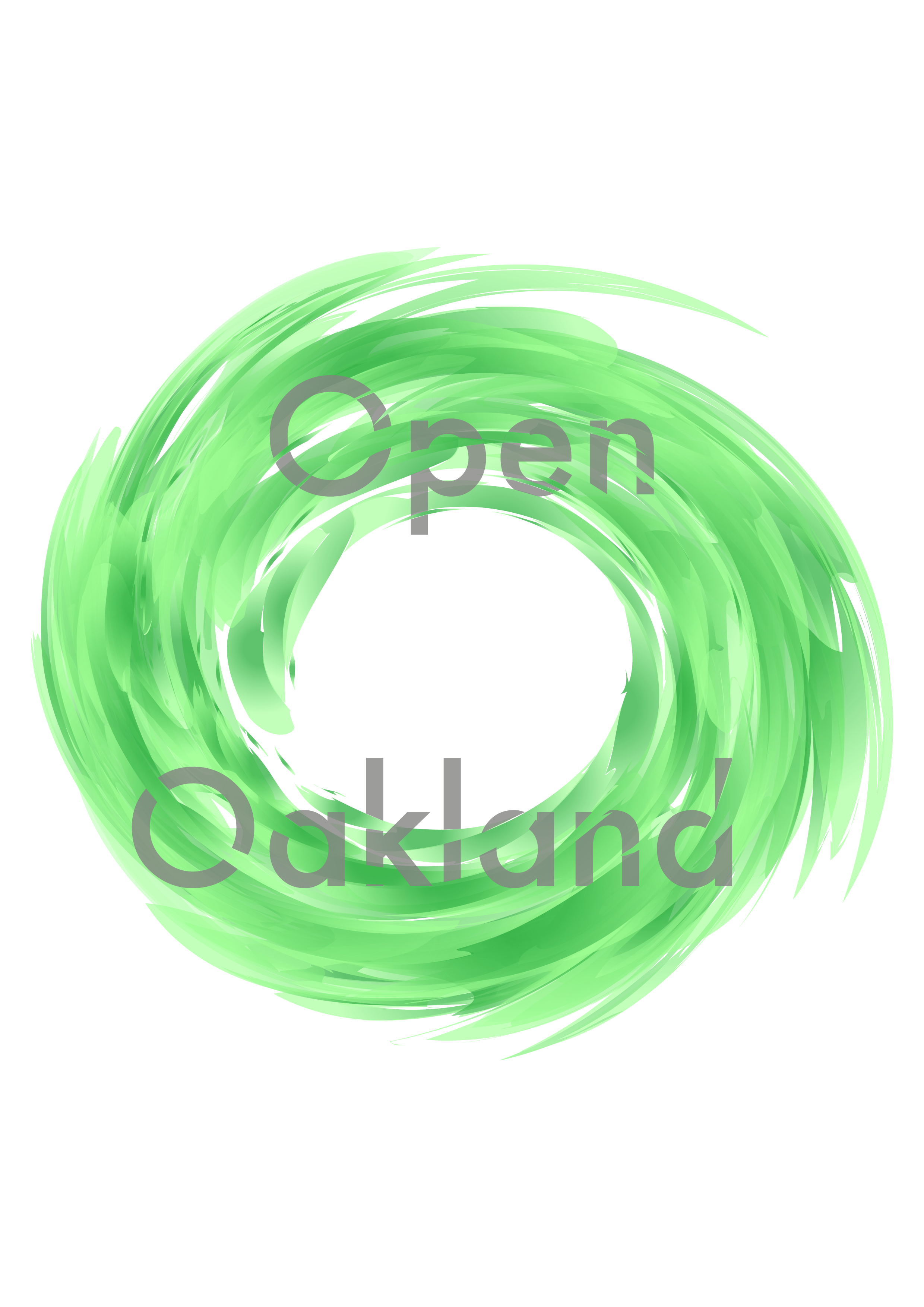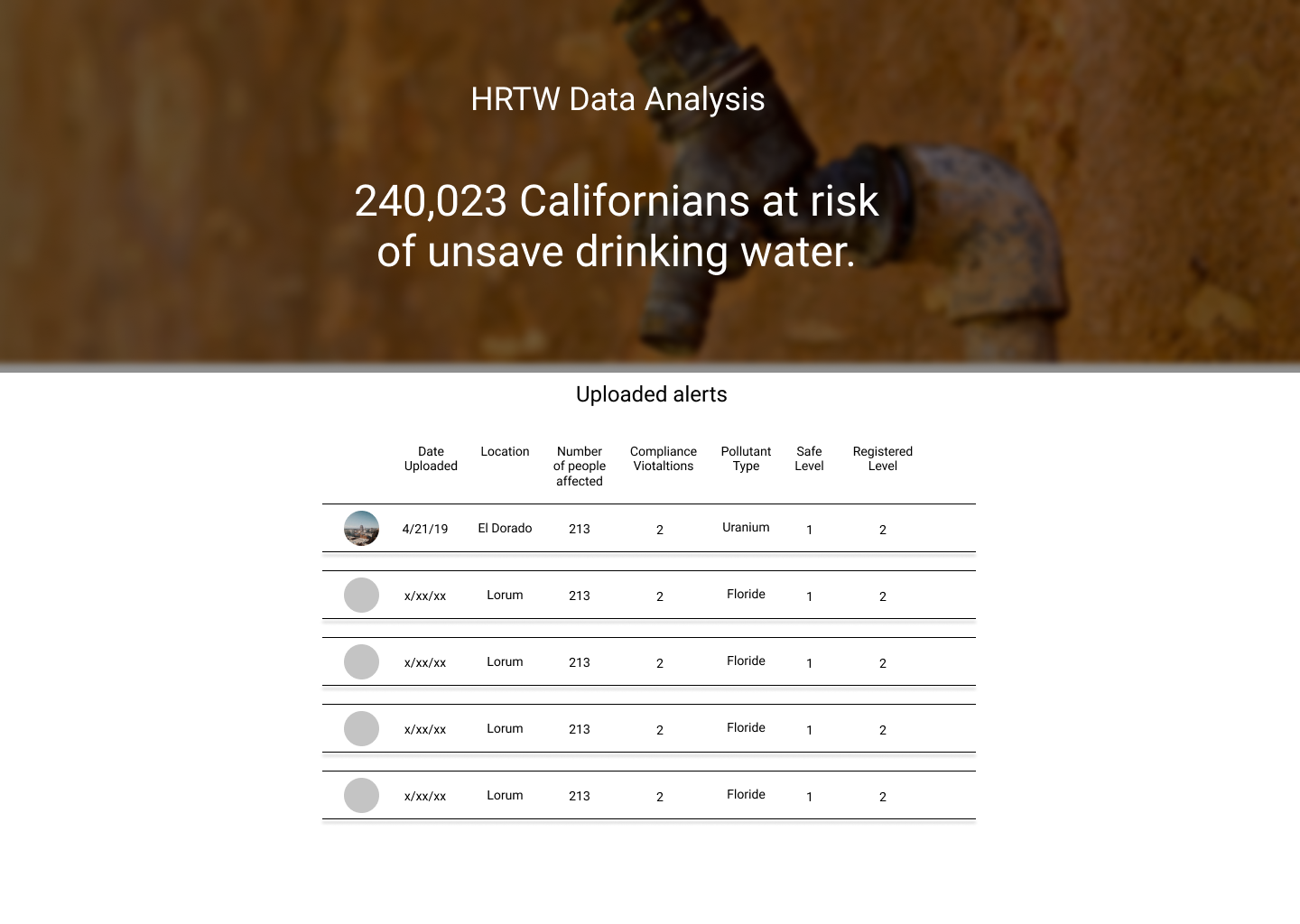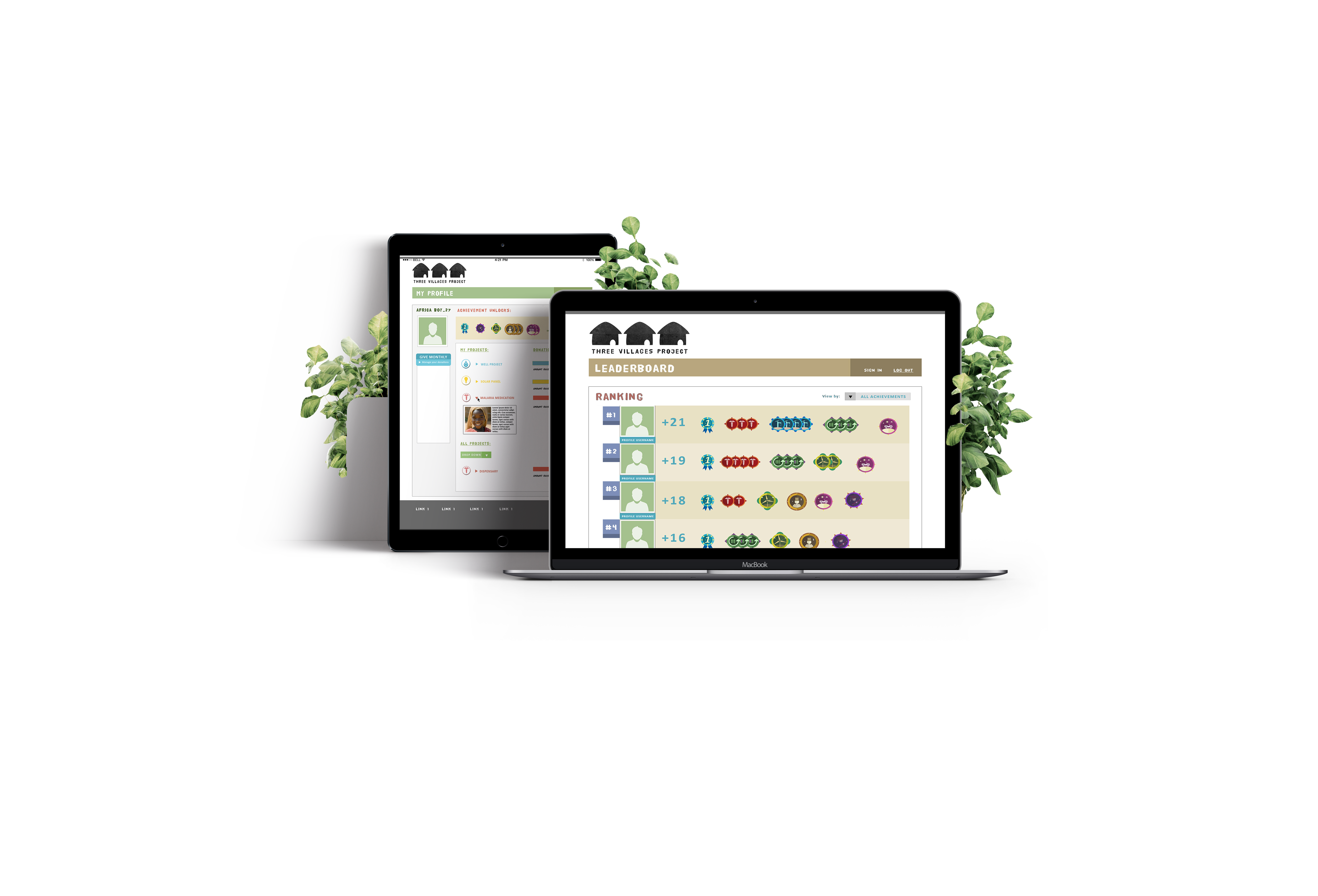My Role:
UX Design Volunteer
Design coordinator with Dev team for Open Oakland a local Code for America Brigade
Tools Used:
Sketch
Adobe XD
Project Space:
Web
UX Processes I Utilized:
Userflows, User Interviews, Hi Fidelity Mockup
Showing my Volunteer experiences was a difficult portfolio challenge. Mainly because it contains so many ad hock or one off projects Such as learning Adobe Illustrator to play with open Oakland's logo (right). Calling in and pushing for an action items log and greater user testing with Democracy Lab or Conducting user interviews for an email distribution list with the Public Ethics Commission and Open Oakland. In the end I decided to showcase two high fidelity designs done for their California water quality project.
Reviewing literature on the history of the water quality project and the issues of water quality in central California I recommended giving more visual weight to one statistic - the number of people at risk from impure drinking water.


One delightful feature of the water quality project was that it showed a google map overlay where users were able to click on individual violation and learn more about what water quality issues affect the local community. My recommendation for the individual alerts page was to highlight if water quality was still out of compliance and to describe potential health effects from unsafe levels of fluoride, arsenic or uranium (yes, uranium!).
This page is a second level down from the alerts section but also allows the user to shift to the maps page, allowing user to engage their curiosity further and also subtly showing the great value that their maps platform already provides.

This design was for the Three Villages Project website, a nonprofit focused on giving people the tools they need to end poverty themselves. This website design was build with two goals, to encourage donors to return and to reflect the NGO's values of transparency while creating a link between them and the beneficiary. In effect, storytelling through a GIS system.
Research methods for data collection.
With a limited budget my task was to develop a method to test program success. Choosing program success to be based on poverty rates I checked through academic literature reviewing methods other NGOs used, eventually deciding upon the Grameen foundation's surveys based on household consumer data.
Training enumerators. I recruited and trained a local enumerator, after training we reworked the surveys so they could be asked in the local languages. This required further research, including contacting the original survey creator
Conducting trials. Challenged with a limited budget I decided to use a 'differences and differences' model where a control village was chosen along with our pilot to give feedback on program success.

Gamification. Unique to nonprofits at the time, I decided to add gamification elements to both show donors a tangible record of their donations as well as a leaderboard to encourage competition.

The Three Villages Project was a not just a technical design challenge, developing mockups while working with outsource developers and volunteers, It was an organizational challenge using technology to create a connection between donors and beneficiaries. Operationally 3vp was unique in its mission to invest in communities for one year then stop and invest in a new community, returning only to conduct research on if our investments were impactful. While the ebola epidemic hampered work 3vp was flexible enough to shift to providing health support for local clinics until funding expired.